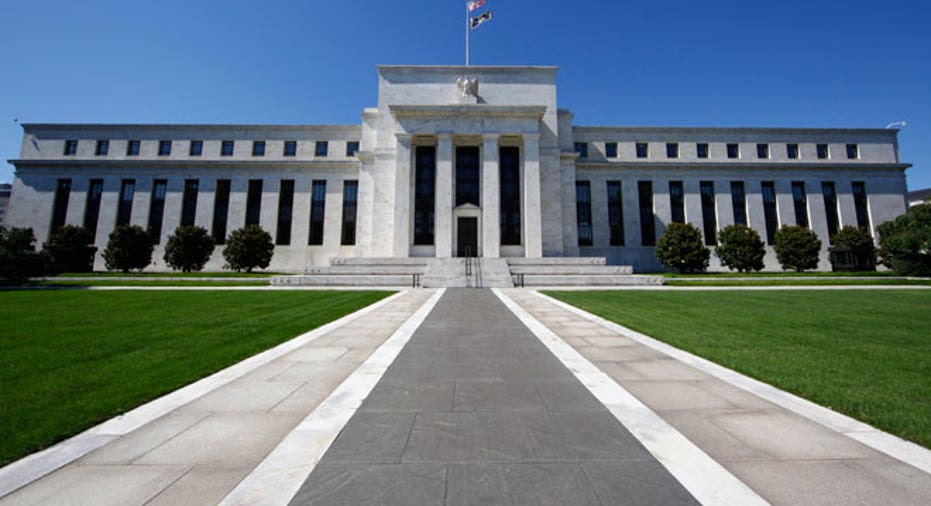Fed Holds Monetary Policy Steady, Sees Modest Growth

Noting an array of mixed signals across the economic landscape, the Federal Reserve took no action Tuesday, leaving interest rates at their historically low levels and announcing no other changes to fiscal policy.
While citing recent "moderate growth," Fed bankers said they plan to “maintain a highly accommodative stance for monetary policy” given the fitful nature of the U.S. economic recovery.
In a statement released at 2:15 p.m. EST, the members of the Federal Open Market Committee, which sets most of the central bank’s monetary policy, said recent economic data has indicated the recovery is slowly picking up steam. The statement, mirroring Fed statements since the onset of the financial crisis, was cautious in tone.
Labor market conditions have improved, but unemployment remains “elevated,” the Fed said. Household spending and business fixed investment is increasing, but the housing sector remains “depressed.” And while inflation has remained low in recent months, the rising price of gasoline is a growing concern.
Given all these mixed economic signals, analysts had predicted the Fed would stay put on fiscal policy.
Peter Cardillo, chief market economist at Rockwell Global Capital, said ahead of the announcement that central bankers would “take a wait and see attitude while they continue to assess the overall environment.”
Global concerns have also eased in recent weeks.
A deal by Greek bondholders last week to accept losses and restructure Greece’s onerous debt load has staved off a messy default, easing fears of contagion across Europe. The economic situation in China also appears to be improving.
“Strains in global financial markets have eased, though they continue to pose significant downside risks to the economic outlook,” the FOMC statement said.
One source of concern is rising energy prices. The average price of a gallon of gasoline is climbing toward $4 in the U.S. Rising household income and improved consumer sentiment could both be offset if consumers find too much of their income has to be earmarked for their gas tanks.
Meanwhile, the government reported last week that employers added 227,000 jobs, the third month in a row with solid gains, while the unemployment rate held steady at 8.3%.
Despite the strengthening numbers, analysts believe the Fed has no imminent plans to start raising interest rates above the 0-0.25% range at which they’ve held since December 2008. Another round of bond purchases, known as quantitative easing, also seems more remote, although the Fed on Tuesday didn’t take the option off the table.
“They feel they’ve already done a lot,” said Josh Feinman, chief economist at DB Advisors.
The question for some analysts is whether the Fed language will start to change now that the data is improving. For more than three years the Fed has remained cautious, favoring a strategy of lowering expectations rather than raising them. As it stands, the Fed has essentially promised to keep interest rates at historic lows until at least late 2014.
But with labor markets healing, it makes sense that Fed policy makers will eventually start rethinking that strategy.
Investors weren’t looking for those moves to be announced on Tuesday. Instead, they were looking for language that hinted that those moves will be considered.
It didn’t happen.
Jonathan Lewis, chief investment officer at Samson Capital Advisors, said Fed policy makers will make sure to carefully word their statements for fear of “adding uncertainty” to global markets.
Altering their message by changing their wording in response to the improved economic data “will have to be considered with great care,” Lewis said.



















